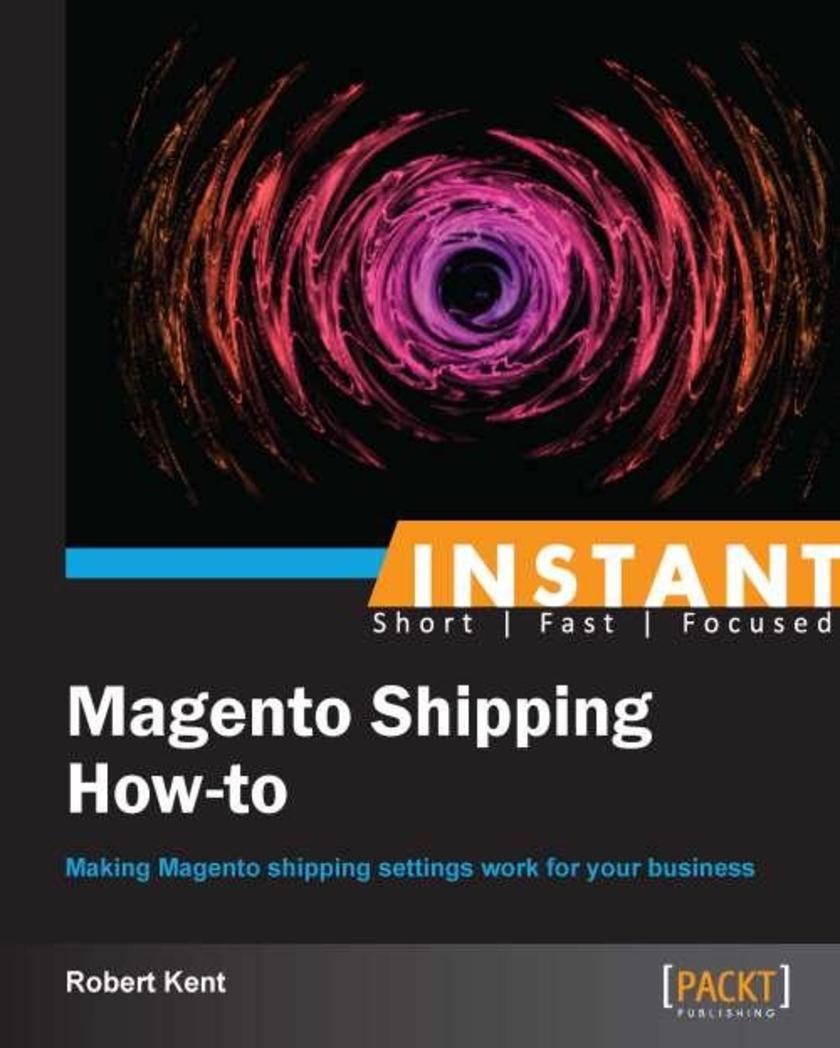
Instant Magento Shipping How-To
¥45.77
Filled with practical, step-by-step instructions and clear explanations for the most important and useful tasks. Instant Magento Shipping How-To is a step-by-step guide to learn and understand the different shipping configurations and settings of Magento.This book is perfect for Magento store owners who wish to explore the possibilities of extending their shipping options for both themselves through order processing, and their customers through promotions and multiple shipping methods. It's also great for any store owner wishing to gain a bit more insight into the technical workings of Magento's administration panel.

Instant Apache ActiveMQ Messaging Application Development How-to
¥45.77
Filled with practical, step-by-step instructions and clear explanations for the most important and useful tasks.This is a Packt Instant How-to guide, which provides concise and practical recipes to help you get started writing applications with ActiveMQ using practical examples.Instant ActiveMQ Application Development How-to is for the developers who are new to Java Message Service application development or new to JMS development using ActiveMQ. Readers will come away ready to solve complicated messaging related problems using the JMS API and ActiveMQ.
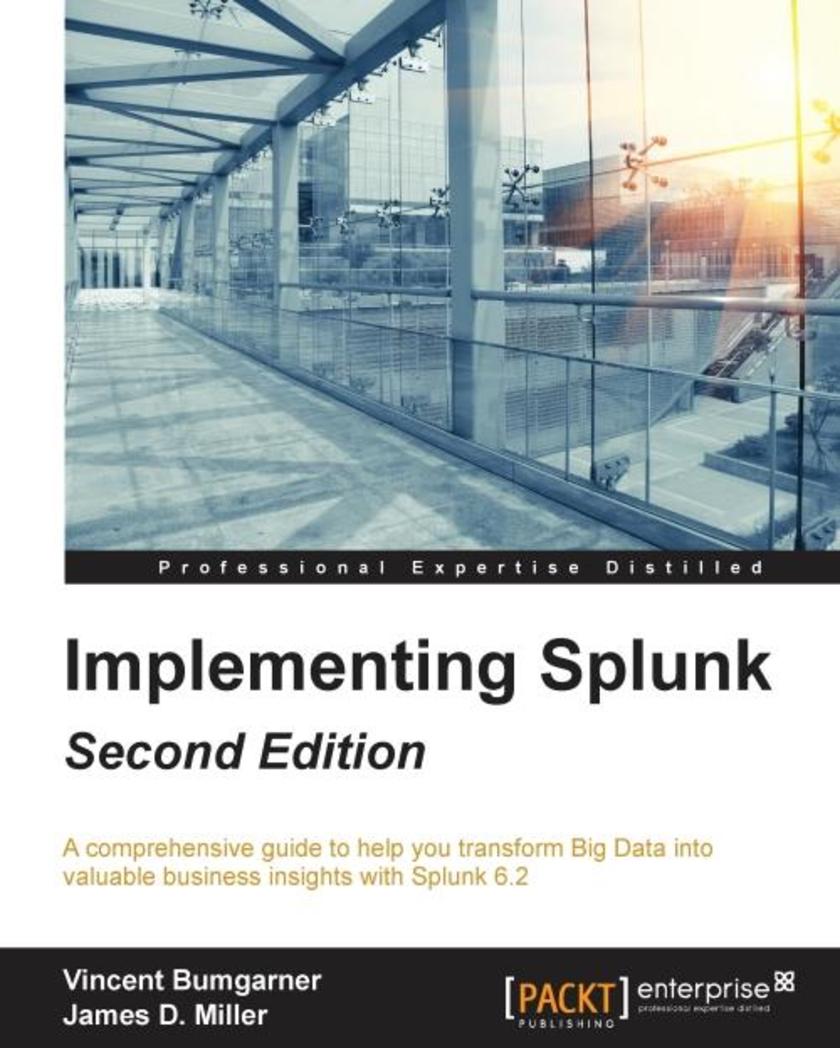
Implementing Splunk - Second Edition
¥99.18
If you are a data analyst with basic knowledge of Big Data analysis but no knowledge of Splunk, then this book will help you get started with Splunk. The book assumes that you have access to a copy of Splunk, ideally not in production, and many examples also assume you have administrator rights.

Instant StyleCop Code Analysis How-to
¥41.41
Filled with practical, step-by-step instructions and clear explanations for the most important and useful tasks.The book will take a how-to approach, focusing on recipes that demonstrate Stylecop code analysis.Stylecop Code Analysis How-to is intended for developers and project managers who are looking for an all-encompassing overview of Stylecop to display or enforce their specific coding conventions. It is assumed that you have a minimal understanding of integration technologies such as MSBuild and Nant. You should also have some knowledge on how to program in C# and LINQ. An available version of Visual Studio 2008 professional or superior is also required to follow the first chapters of this book.
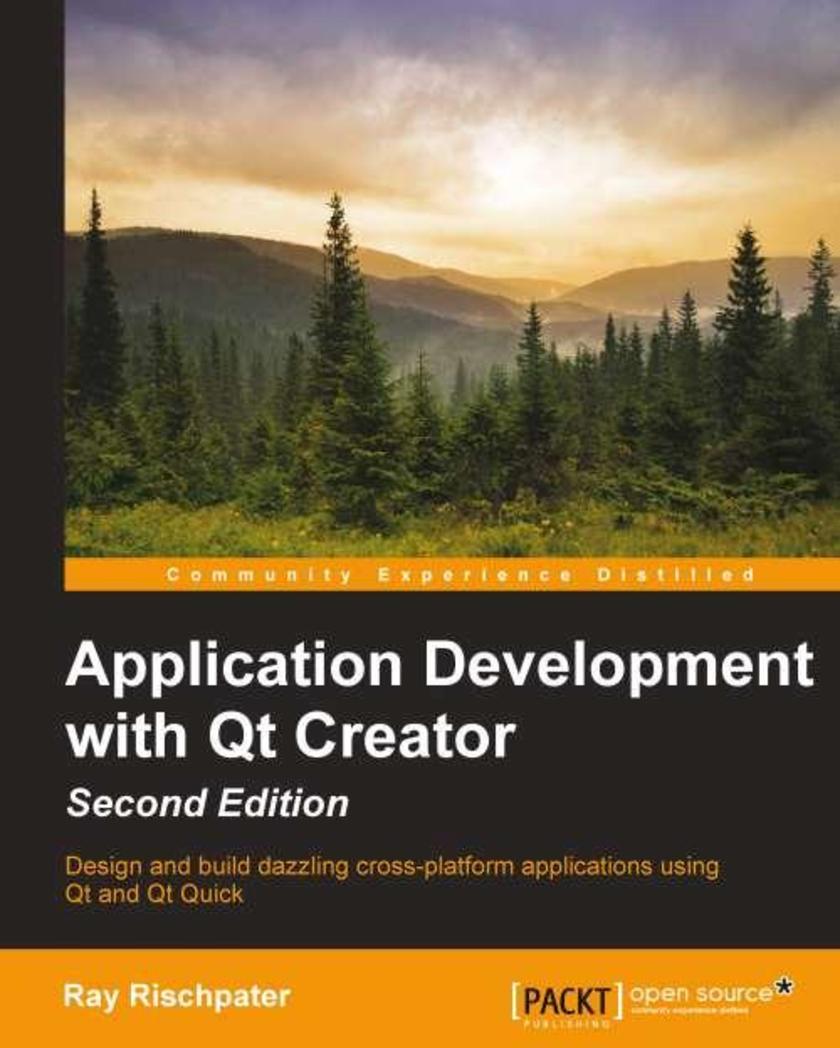
Application Development with Qt Creator - Second Edition
¥80.65
This book is great for developers who are new to Qt and Qt Creator and who are interested in harnessing the power of Qt for cross-platform development. If you have basic experience programming in C++, you have what it takes to create engaging cross-platform applications using Qt and Qt Creator!
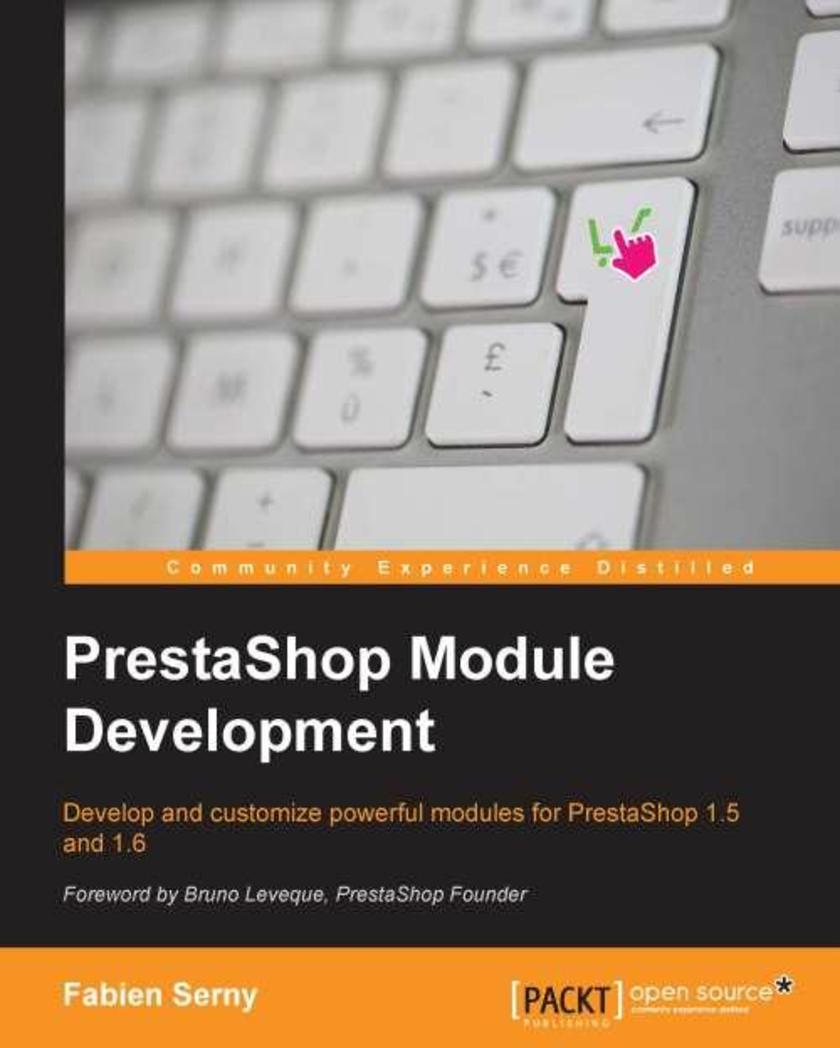
PrestaShop Module Development
¥90.46
If you are a developer who is new to PrestaShop and wants to get a good foundation in development on the PrestaShop framework, this book is for you. It's assumed that you will have some experience with PHP5, jQuery, and HTML/CSS (no need to be an expert on it).
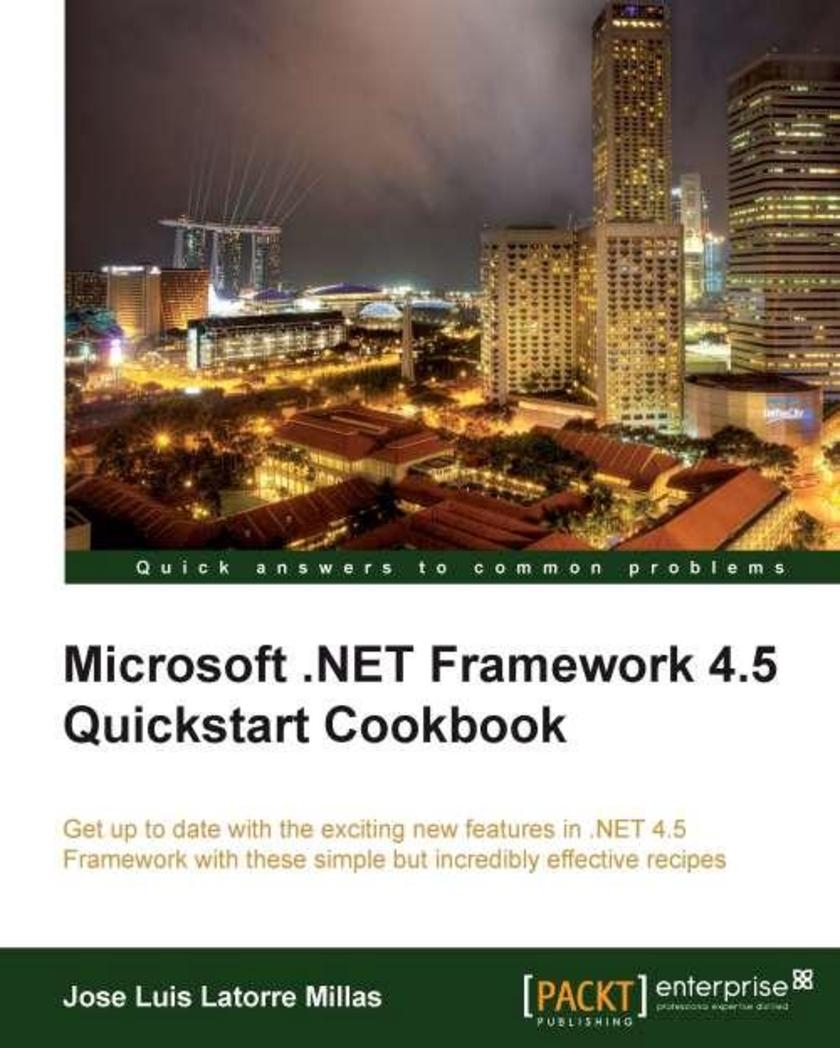
Microsoft .NET Framework 4.5 Quickstart Cookbook
¥71.93
Microsoft .NET Framework 4.5 First Look Cookbook
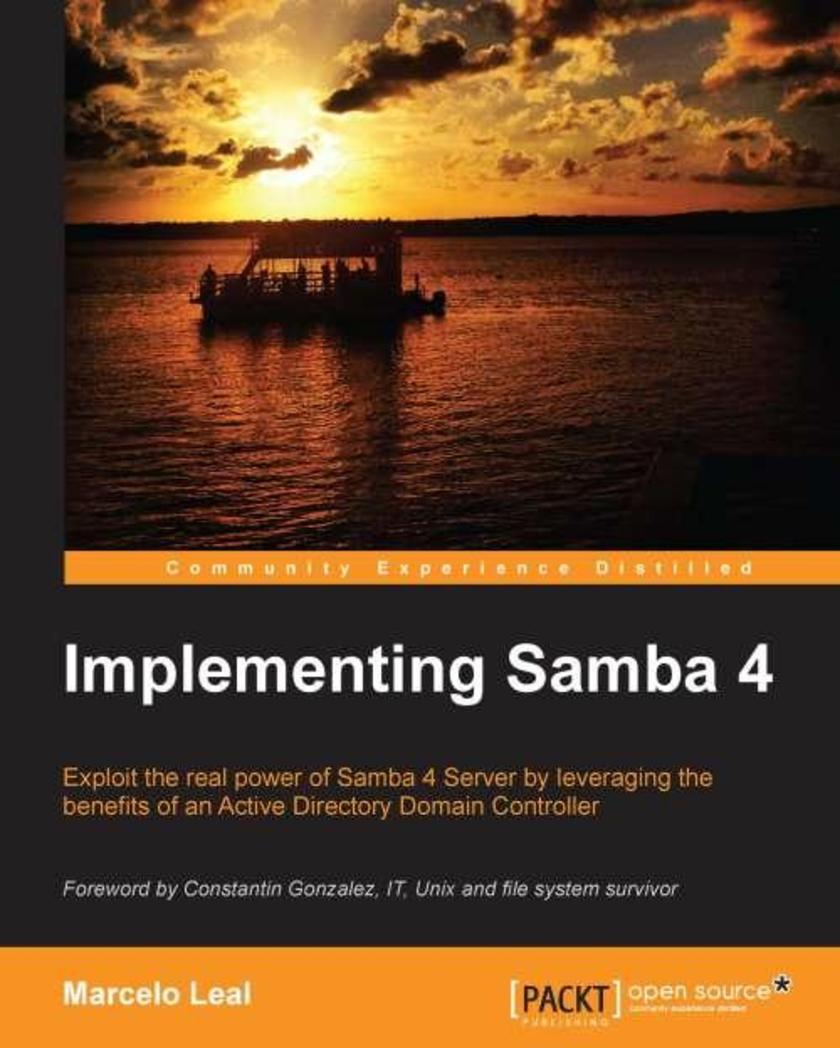
Implementing Samba 4
¥90.46
This book is an implementation tutorial covering stepbystep procedures, examples, and sample code, and has a practical approach to set up a Samba 4 Server as an Active Directory Domain Controller and also set up different Samba 4 server roles. This book is ideal for system administrators who are new to the Samba 4 software, and who are looking to get a good grounding in how to use Samba 4 to implement Active Directory Services. It's assumed that you will have some experience with general system administration, Active Directory, and GNU/Linux systems. Readers are expected to have some test machines (virtual machines), which will be used to execute the examples within this book.
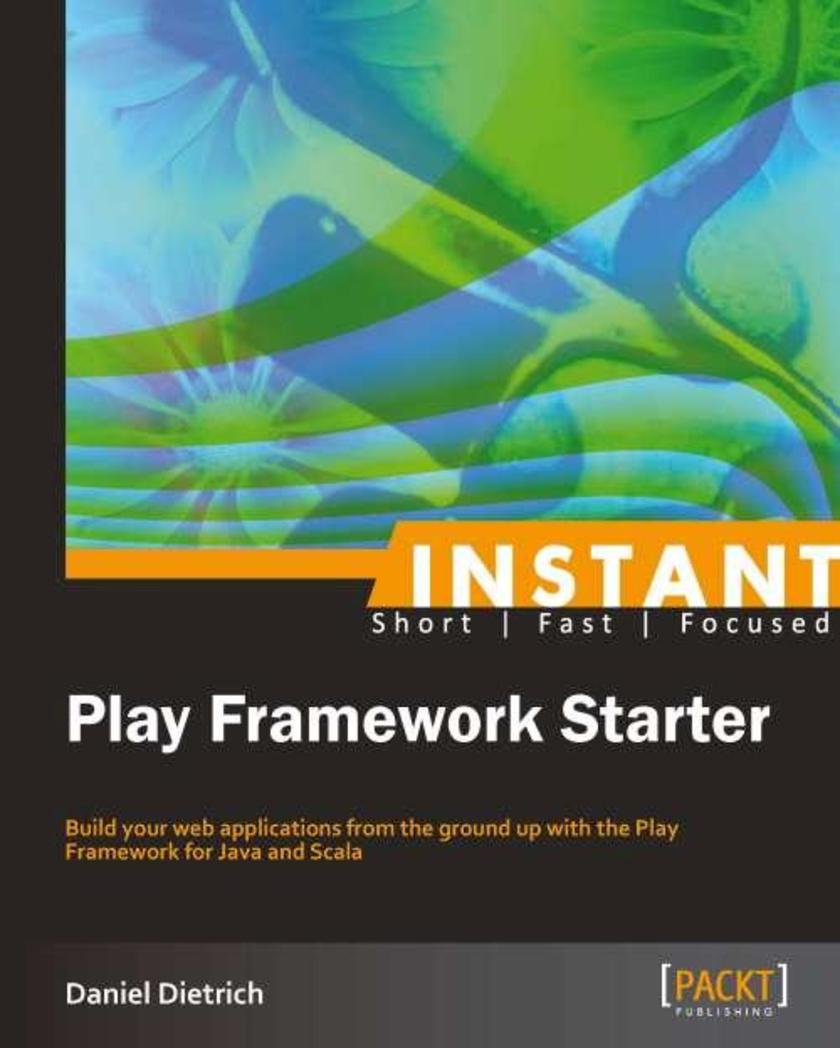
Instant Play Framework Starter
¥41.41
Get to grips with a new technology, understand what it is and what it can do for you, and then get to work with the most important features and tasks.A practical, quick, and hands-on guide to the Play Framework.This book is written for readers interested in developing web applications with Java or Scala. A basic knowledge of either Java or Scala is helpful. Prior experience with Play is not required.
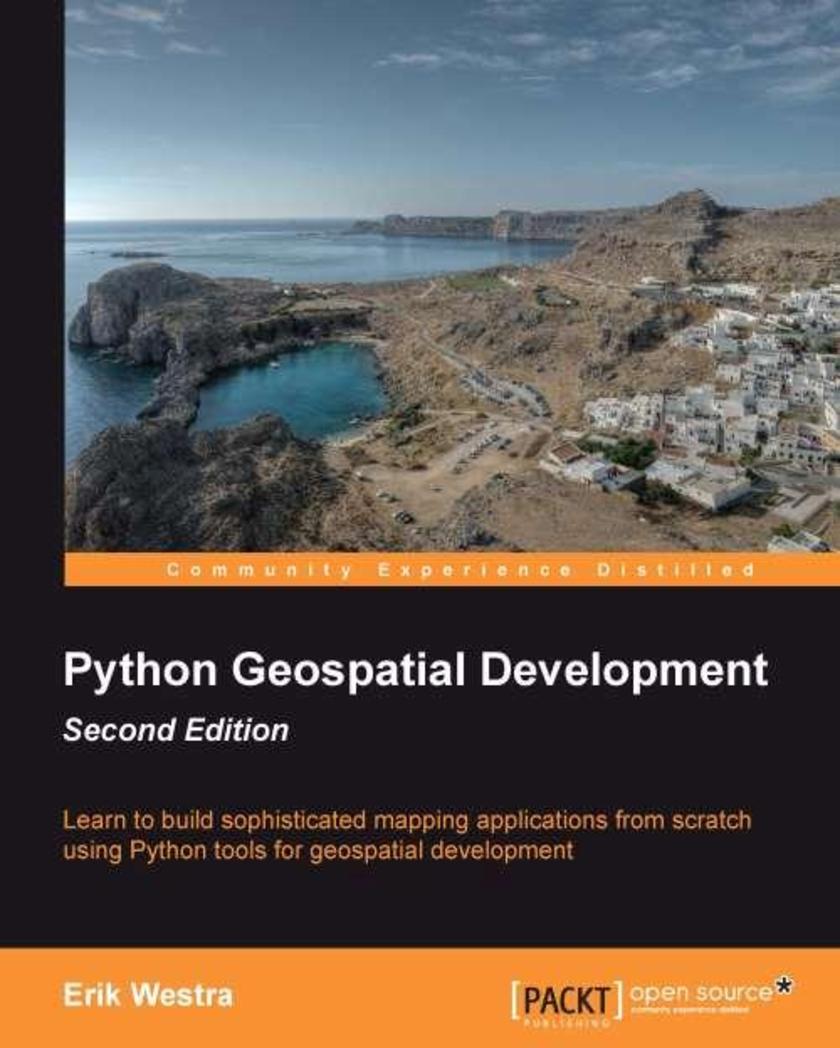
Python Geospatial Development, Second Edition
¥90.46
This is a tutorial style book that will teach usage of Python tools for GIS using simple practical examples and then show you how to build a complete mapping application from scratch. The book assumes basic knowledge of Python. No knowledge of Open Source GIS is required.Experienced Python developers who want to learn about geospatial concepts, work with geospatial data, solve spatial problems, and build map-based applications.This book will be useful those who want to get up to speed with Open Source GIS in order to build GIS applications or integrate Geo-Spatial features into their existing applications.

Apple Motion 5 Cookbook
¥80.65
Step-by-step, practical recipes to build simple and complex Motion Graphics with Motion 5"Apple Motion 5 Cookbook" is designed for Final Cut Pro X video editors and Motion 5 users looking to gain more knowledge of how Motion works, and to get more of a ‘WOW’ factor in projects. It’s also aimed at designers and motion designers alike, who are looking to build on their skillsets.
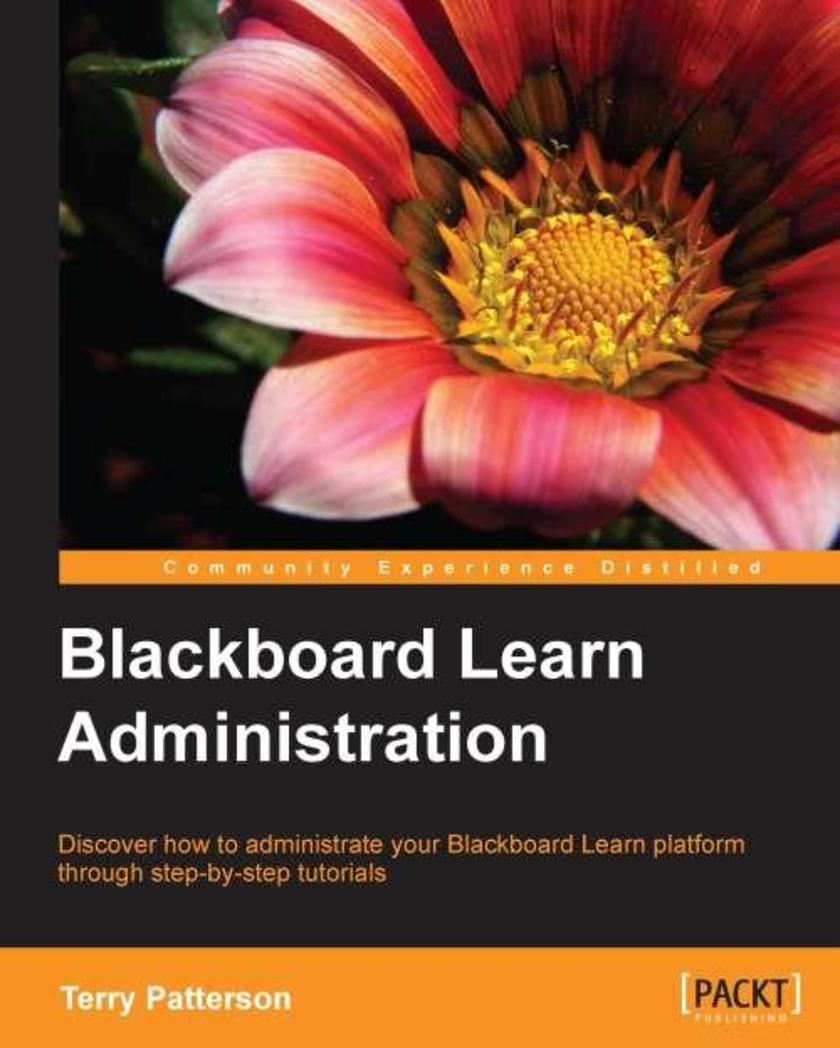
Blackboard Learn Administration
¥80.65
Hands-on and step-by-step instructions on successfully administrating Blackboard Learn from an admin expert. This book is for in-house IT administrators who are responsible for maintaining the school’s IT system and making sure that it is ready for the teachers to use. Readers will need some experience with server management and installation.
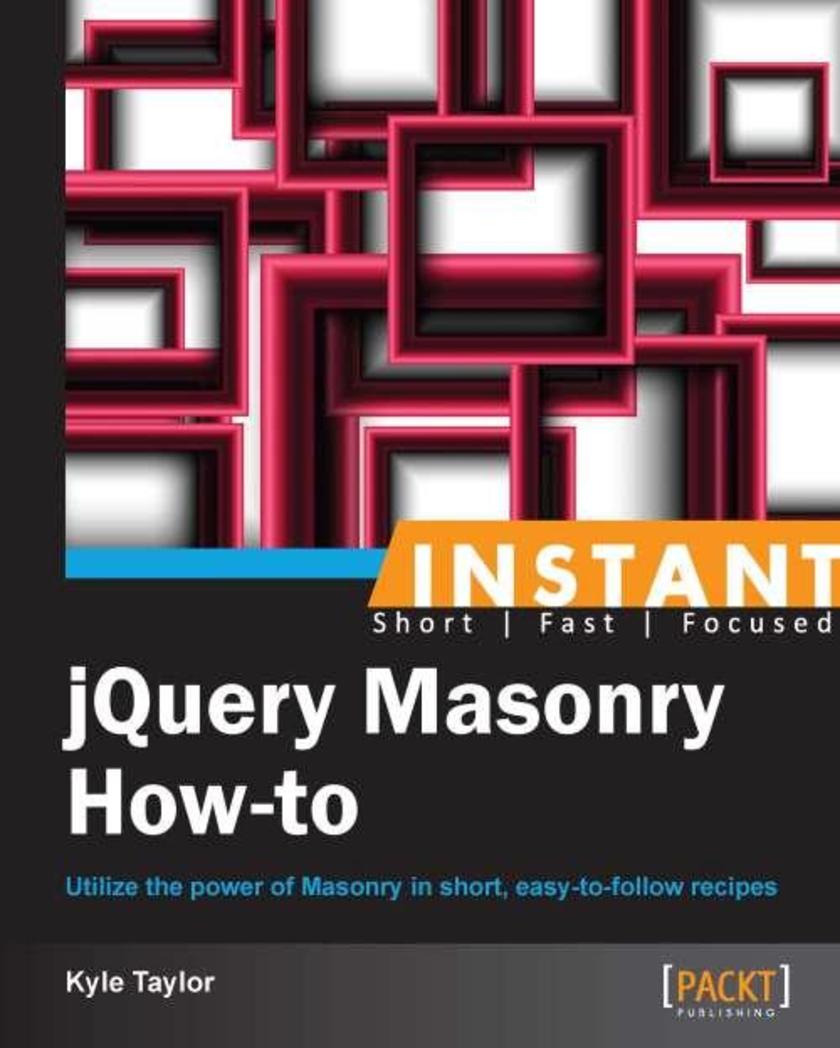
Instant jQuery Masonry How-to
¥41.41
Filled with practical, step-by-step instructions and clear explanations for the most important and useful tasks. Get the job done and learn as you go. A concise guide that delivers immediate results with practical recipes on customizing your projects.If you have a basic understanding of jQuery, HTML, and CSS3, this book is for you. We will go over what Masonry is, how it works, and the best practices on how to implement it in your projects.

World of Warcraft Gold Strategy Guide
¥54.49
Rich with examples, detailed breakdowns, and step-by-step instructions, this book gets down to the nuts and bolts of gold making, to help you become a World of Warcraft gold tycoon.This book is for every World of Warcraft player who’s tired of scrapping for gold or has ever wanted to be the one showing off expensive items in town.
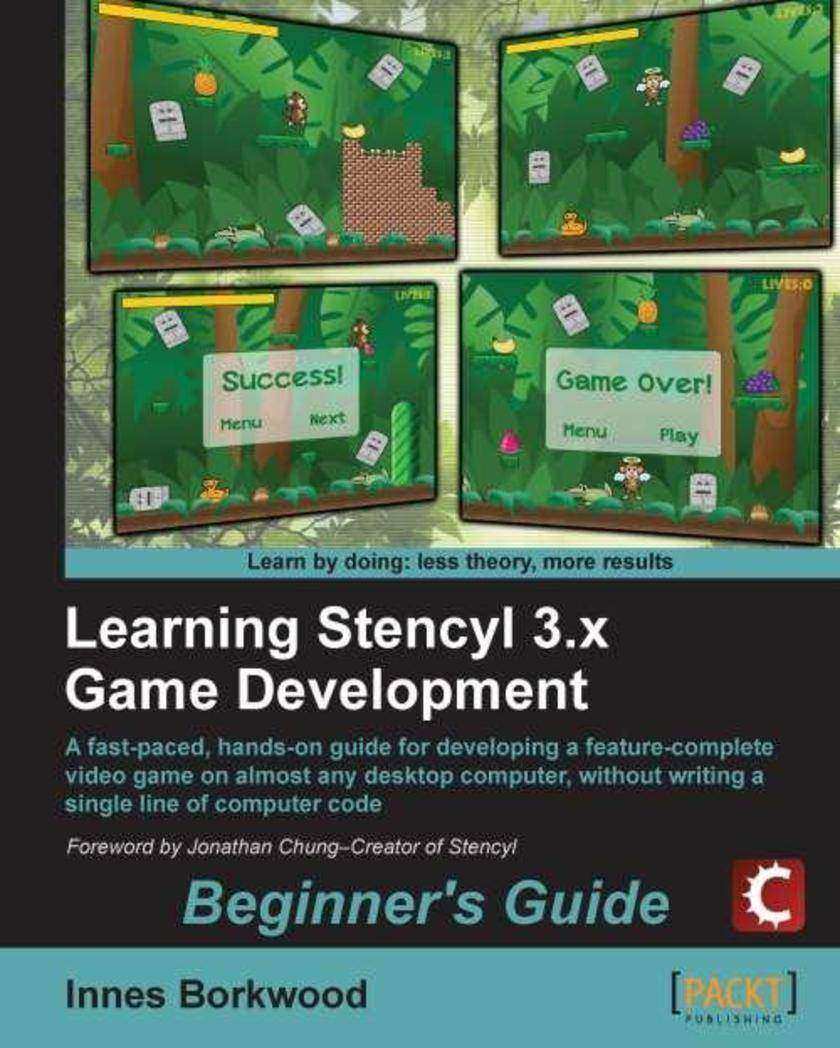
Learning Stencyl 3.x Game Development: Beginner's Guide
¥80.65
A step-by-step, practical tutorial with a no-nonsense approach. The book starts by showing readers how to create a playable game that is fully-functioning, then moves on to demonstrate how to fine-tune the game with eye-catching graphics techniques, audio-effects and more.This book is for indie and existing game developers and those who want to get started with game development using Stencyl. Some understanding of Objective-C, C++, and game development basics is recommended. People with some programming experience may also find this book useful.

Instant Redis Optimization How-to
¥45.77
Filled with practical, step-by-step instructions and clear explanations for the most important and useful tasks. This book is written in a concise, focused style with numerous practical and hands-on recipes and examples. If you want to leverage Redis to create blazing fast applications, then this book is for you.This book is for developers who are already proficient in programming and traditional databases and want to start learning about Redis for its simplicity and fast performance. A basic understanding of Linux and proficiency in a programming language are required to get the most out of this book.

Instant Yii 1.1 Application Development Starter
¥41.41
Get to grips with a new technology, understand what it is and what it can do for you, and then get to work with the most important features and tasks. A concise guide that delivers immediate results with practical recipes that give you useful hints and tips on avoiding the pitfalls in Eclipse 4 development.This book is aimed at developers with some basic programming experience and a general understanding of relational databases, or anyone who is ready to take their development to the next level with framework-driven development. A basic understanding of MySQL, PHP, HTML, and HTTP is expected.
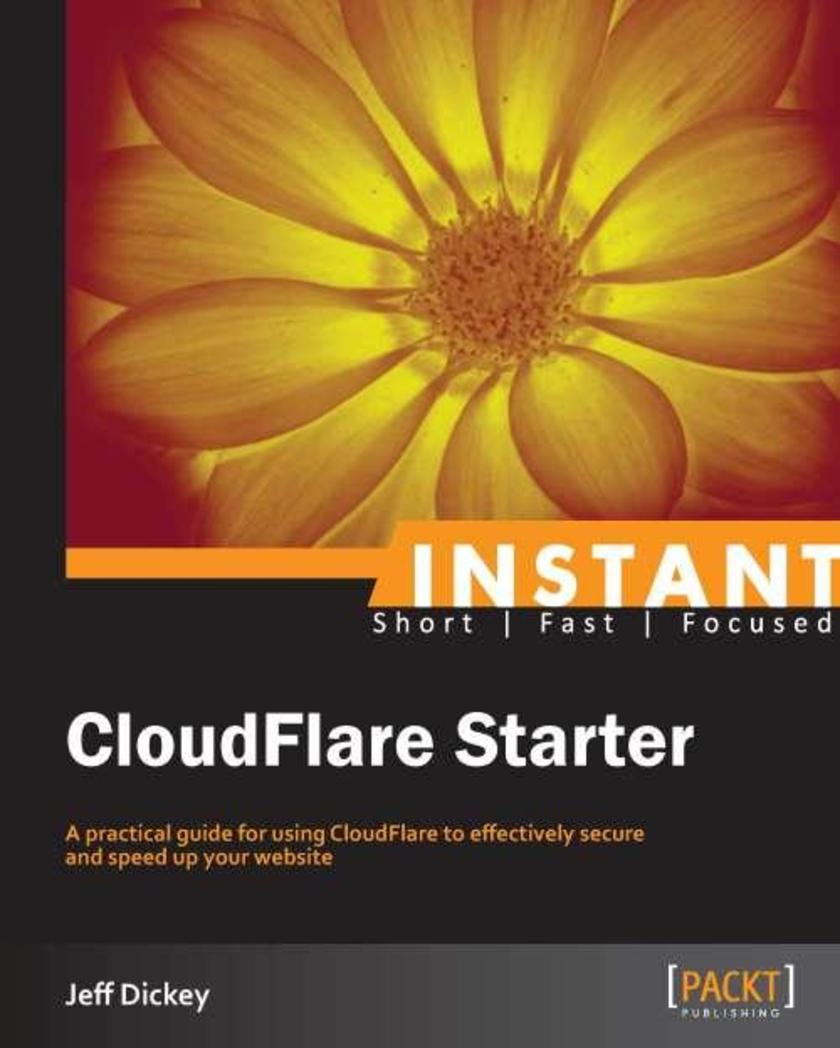
Instant CloudFlare Starter
¥45.77
Get to grips with a new technology, understand what it is and what it can do for you, and then get to work with the most important features and tasks. Written as a practical guide, CloudFlare Starter will show you all you need to know in order to effectively improve your online presence in a multitude of different ways. "Instant CloudFlare Starter" is a practical yet accessible guide for website owners looking to optimize their site for optimum security and maximum performance.
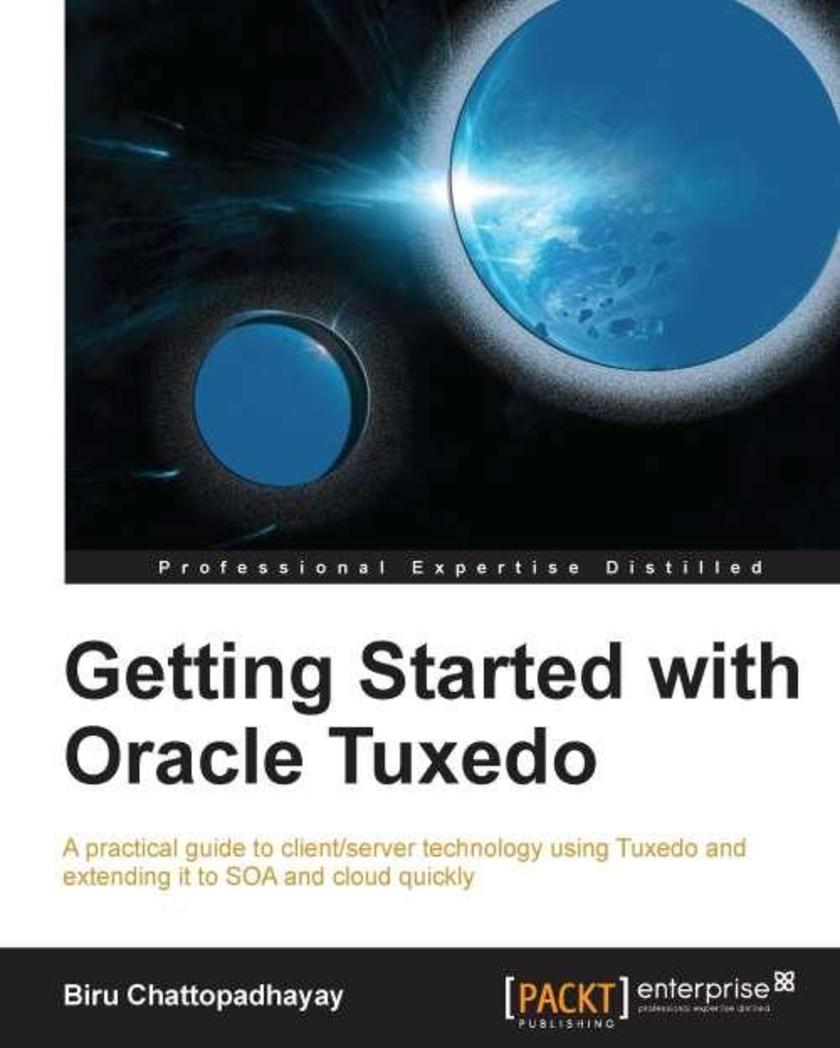
Getting Started with Oracle Tuxedo
¥63.21
This book is packed with real world examples that cover the design and discipline of the software and service of CRMOD. If you are an architect, designer, developer or administrator looking for a quick reference guide on how to build a Tuxedo application, then this is the best guide for you. This book also helps business users to understand this technology, various features, and functionalities and relate business benefits. No prior knowledge of Tuxedo is required.
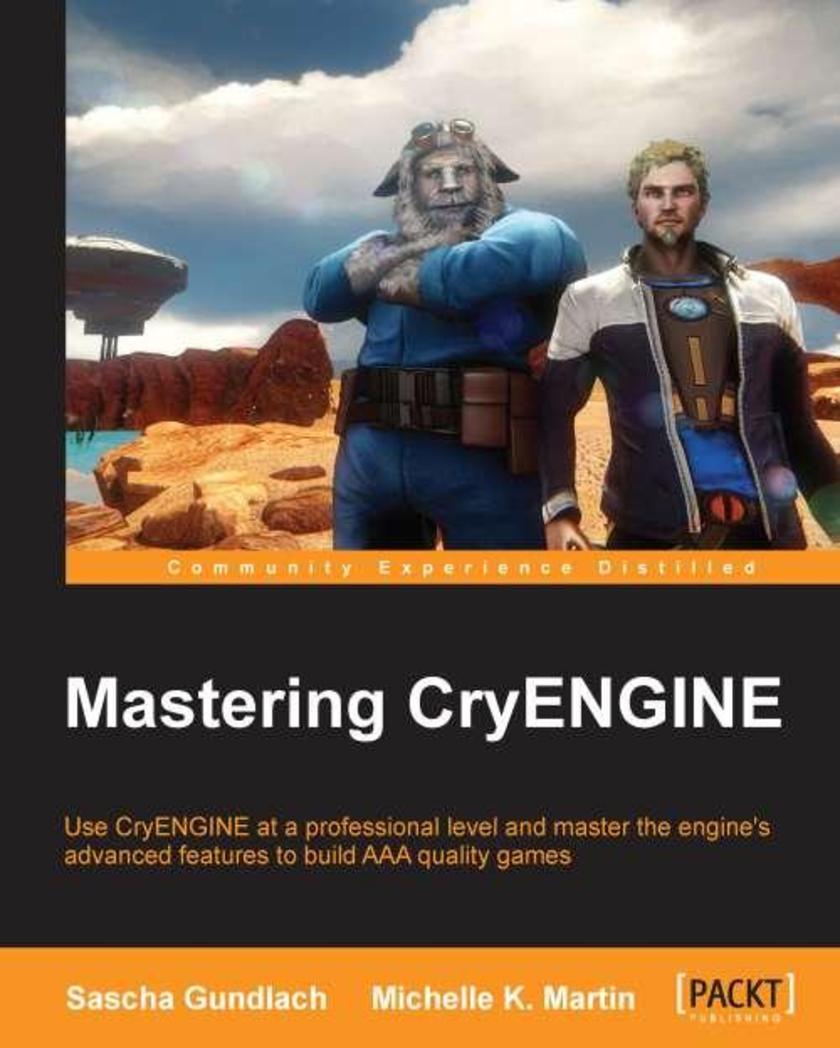
Mastering CryEngine
¥90.46
A comprehensive guide that covers advanced tasks performed with the CryENGINE system using interesting examples and illustrations demonstrating each of its features. This book is designed for developers who already have a basic understanding of CryENGINE and who want to take their skills to the next level. Whether you are a hobbyist developer or you are working on an AAA project, Mastering CryENGINE will help you enhance your CryENGINE proficiency.
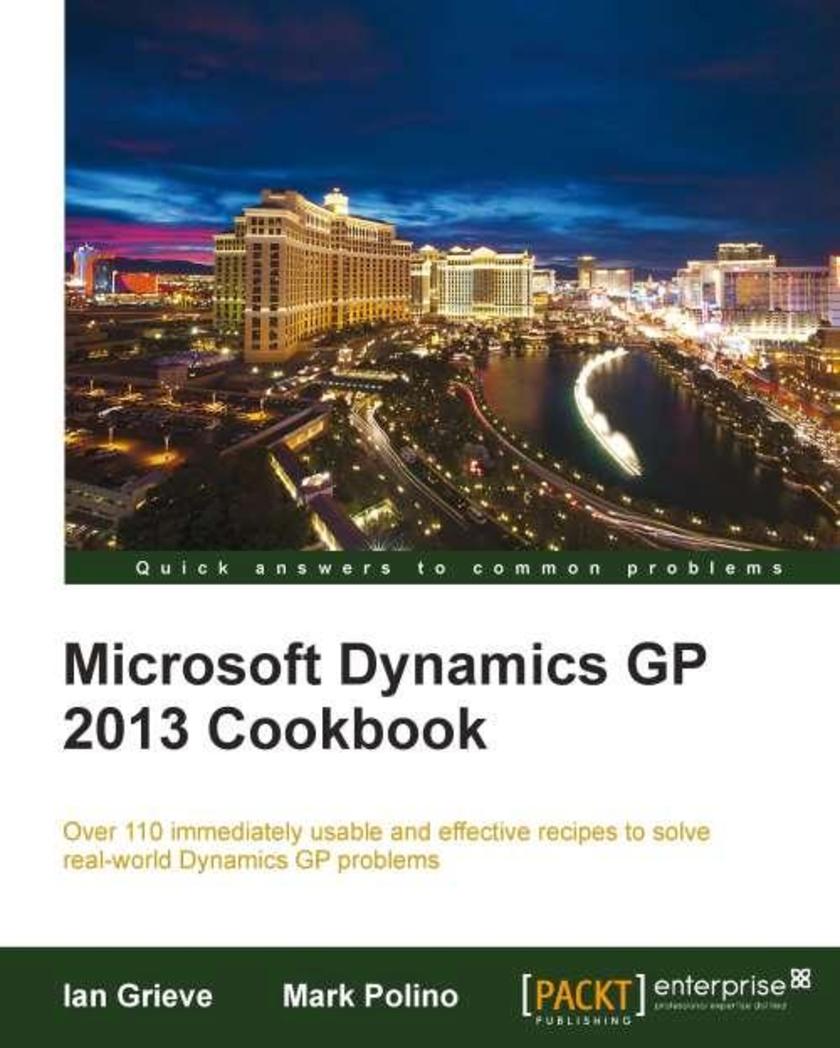
Microsoft Dynamics GP 2013 Cookbook
¥107.90
Microsoft Dynamics GP 2013 Cookbook is a highly practical beginner to intermediate Cookbook to improve your efficiency and master your use of Microsoft Dynamics GP 2013. All the recipes are time-proven; real-world tested, and designed to be used immediately.If you’re a Dynamics GP partner or Dynamics GP user, primarily focused on delivering application optimizations, then "Microsoft Dynamics GP 2013 Cookbook" is for you.This book assumes that you have a basic knowledge of Microsoft Dynamics GP, a basic understanding of business management systems, and some exposure to Microsoft SQL Server.




 购物车
购物车 个人中心
个人中心



